Did you know that businesses often bleed money due to overlooked software licensing costs? Shocking but true, enterprise software licensing is more crucial now than ever before.
With digital transformation accelerating at an unprecedented pace, mastering software licensing is vital for companies eager to stay competitive while avoiding costly legal pitfalls.
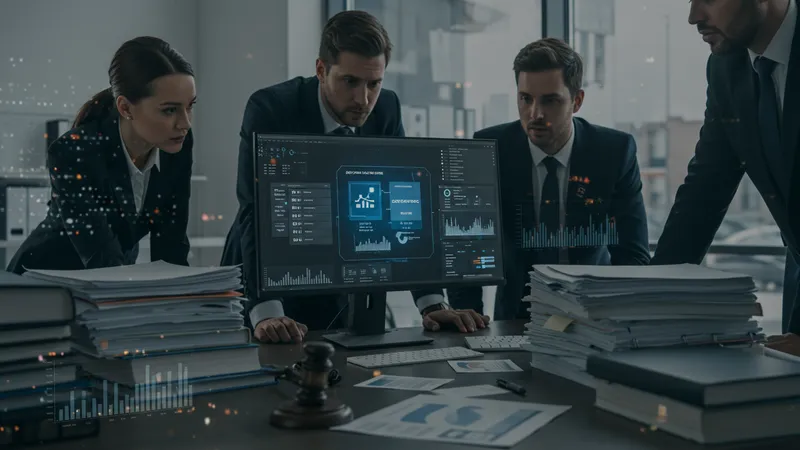
Intriguingly, software licensing isn’t just about cost—it’s about compliance and adaptability. Peek behind the curtain, and you'll find licensing can be a fortress—or a foe—for any organization. By 2025, Gartner predicts 80% of companies will face audits. But that's not even the wildest part…
Most shockingly, misunderstandings in licensing terms can lead to legal battles, costing millions in fines. Companies have unknowingly breached licenses simply through software updates. However, isn’t it fascinating how a few strategic adjustments can prevent such disasters? What happens next shocked even the experts…
Many enterprises unknowingly purchase overlapping software licenses, creating redundancy and skyrocketing costs. An astonishing 38% of IT budgets are wasted on double purchases. These oversights hide in plain sight and siphon off crucial funds needed elsewhere. But here's the twist—good inventory management can slash these excesses.

Surprisingly, overlapping licenses often emerge from different departments purchasing similar software independently. Lack of communication is the key culprit. By gaining a unified view of software usage across departments, businesses can not only save money but streamline operations. But there’s one more twist—it’s simpler to achieve than you'd think.
Centralized procurement processes can reduce overlap, but implementation is slow. CIOs have noted a 30% cut in costs when adopting integrated systems for tracking licenses. Aligning software needs with usage patterns can not only save money but power decision-making. What you read next might change how you see this forever.
Building an efficient software ecosystem requires vigilance and periodic assessment. Regular checks can identify unnecessary licenses before they renew automatically. The ultimate shock? Many companies continue auto-renewing without even realizing it. But the next revelation is set to transform the game further...
License audits can pose a frightening challenge for unprepared businesses. Major vendors like Oracle and IBM conduct audits with laser precision, seeking discrepancies. Unverified usage might translate into hefty penalties, blindsiding many organizations. Shocked as they might be, businesses often lack comprehensive insights into their own software usage. But it gets even more interesting—detailed logs can be a game-changer.
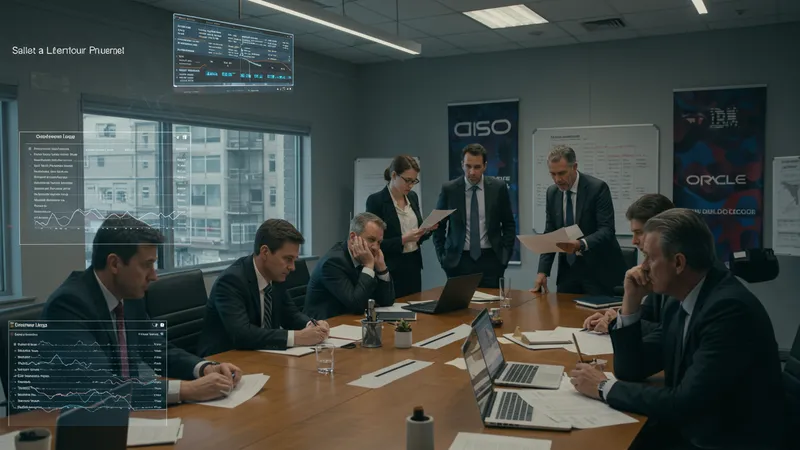
Forewarned is forearmed; maintaining accurate, up-to-date records of software licenses can mean the difference between costly surprises and smooth audits. Enterprises that implemented regular auditing protocols reduced penalties by up to 40%. Yet, few have a robust plan in place. The real eye-opener? Automating these records isn't as complicated as it seems.
Compliance with licensing agreements goes beyond just audits; it shapes reputation and vendor relationships. Those who’ve been through audits without hitches know the value of due diligence. Awaiting the unexpected during an audit is daunting—yet with the right strategy, it’s entirely manageable. But hang on, there’s more.
Emerging technologies like AI-driven software are making license management seamless. Analytical tools provide insights few could access before, shifting the license landscape significantly. What you learn next might redefine your business's approach forever.
Enterprise software licenses aren’t one-size-fits-all; they come in various models, including perpetual, subscription-based, and consumption-based. The choice can significantly impact a business’s flexibility and expenses. With over 60% of companies now favoring subscription-based models, adaptability has become key. But wait till you find out how disruptive these models can be.
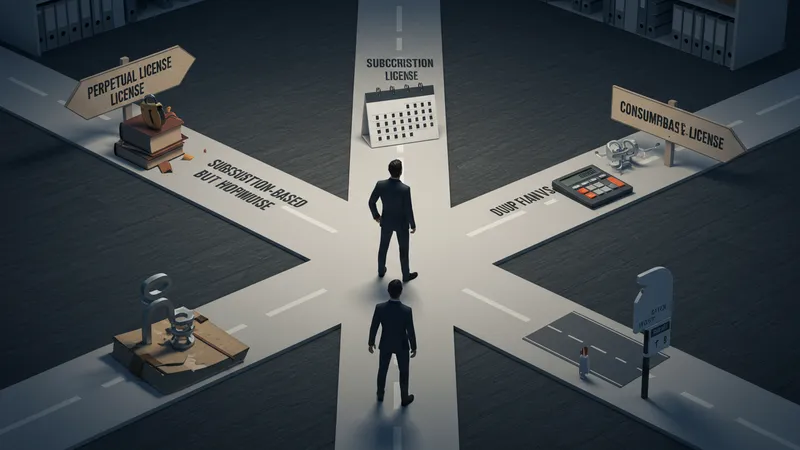
Perpetual licenses, though seemingly stable with a one-time fee, can incur hidden update costs, demanding continual investment. On the other hand, subscription models offer predictability in expenses but require strict commitment over longer periods. Are you equipped to make the right choice? Here’s where it gets really interesting.
Consumption-based licenses charge based on usage, offering flexibility and scalability. They fit like a glove for fast-growing tech firms but can be unpredictable for scaling costs. Yet, with correct forecasts and monitoring, they offer unparalleled value and agility. Sound confusing? Here’s the twist that makes it easier.
Tailoring a licensing model to fit your business’s lifecycle stages can leverage growth while optimizing costs. Often overlooked, this approach aligns tech investment with anticipated growth trajectories. The lesson continues—understanding your software lifecycle could be the difference between advantage and avalanche.
Despite its critical importance, cost optimization in licensing is often neglected, leading to ballooning expenses. Shockingly, strategic negotiations with vendors can result in up to 20% savings! Moreover, bulk purchasing influences prices drastically, yet few hunt for these deals. But there's a method to this madness.
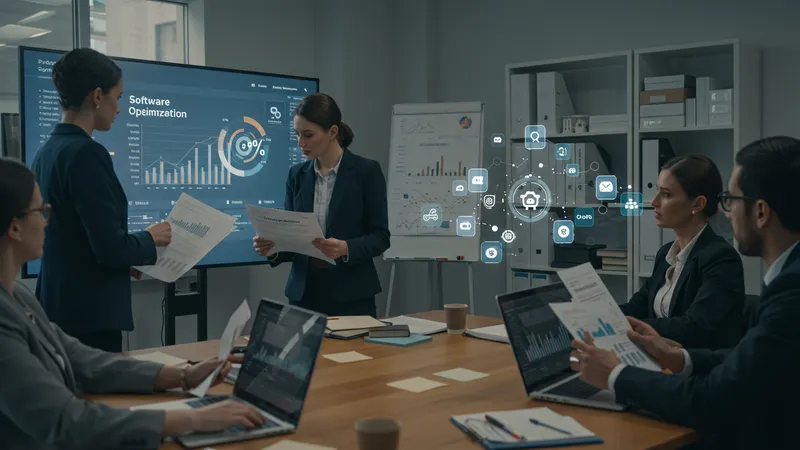
Actively managing software portfolios to retire redundant tools and consolidate usage impacts the bottom line. Why pay for features that overlap or remain unused? Evaluating service packages twice a year can bring significant savings and efficiency. Yet, what’s surprising is how rarely companies do this.
Negotiating favorable terms requires understanding one’s leverage points in the software market. Vendors wish to preserve customer relationships, opening the door to beneficial deals. However, being well-prepared and informed is critical—an art many have yet to master. Could this be the pivot you’re seeking?
Integrating cost optimization into business strategy turn expenses into investments. By maximizing ROI while keeping licenses lean, enterprises find a sweet spot that spurs innovation. The next surprising insight will revolutionize your software spending forecasts.
Navigating the turbulent waters of licensing compliance is daunting; non-compliance can threaten business survival with lawsuits and operational disruptions. Alarmingly, 50% of firms discover compliance gaps only post-audit, elevating risks. The twist? Proactive compliance efforts redefine operational continuity.
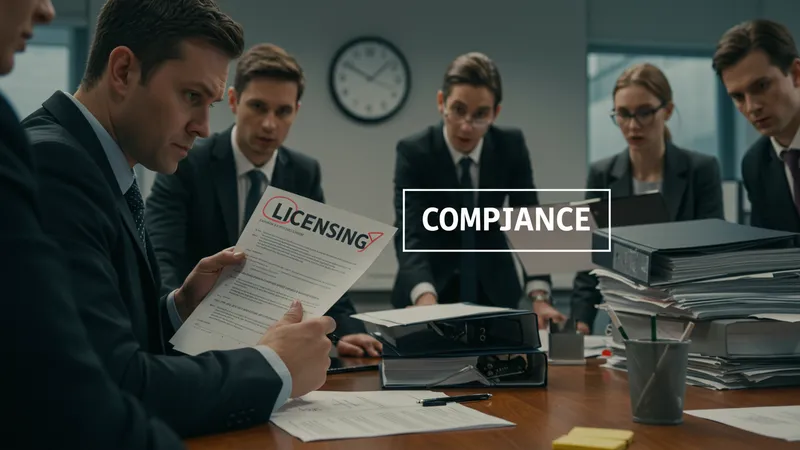
Compliance isn’t merely a defensive strategy—it projects trustworthiness and secures customer confidence. A rigorously compliant enterprise earns respect and mitigates reputational damages. Suppliers favoring consistent customers offer preferential terms, turning compliance into a competitive advantage. But what few realize could transform your bottom line.
Compliance extends beyond mere adherence; it’s about anticipating revisions and understanding vendor motives. Vendor flexibility in compliance is crucial with evolving tech landscapes. Yet only a few companies engage effectively here, leaving potential untapped. How about a proactive approach that breaks this norm?
Partnering with a seasoned compliance expert can unearth hidden vulnerabilities, sealing compliance gaps before they become liabilities. This approach not only safeguards the enterprise but paves a path for sustainable governance. Realizing these benefits might redefine your compliance strategy.
Enterprises implementing Software Asset Management (SAM) enjoy perks often overlooked. Beyond cost-cutting, SAM facilitates operational efficiency and strategic planning. Astonishingly, a well-executed SAM program can lead to 30% overhead reduction in the first year alone. More benefits lurk beneath the surface.
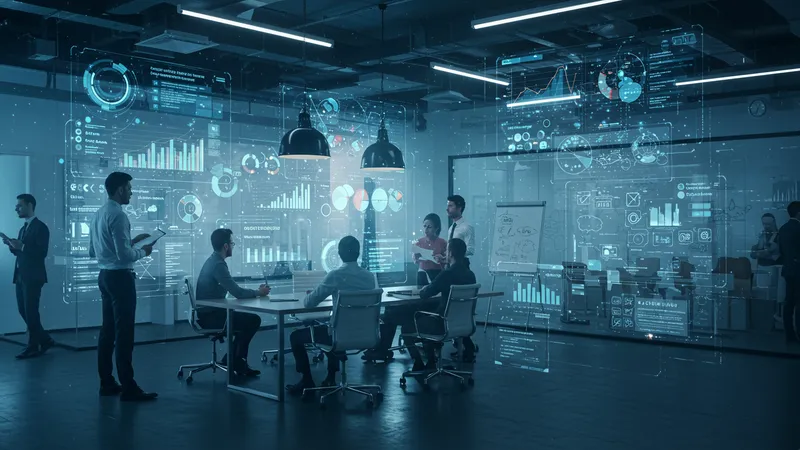
SAM tools provide exceptional visibility into software usage, helping prevent non-compliance and optimizing license utilization. Surprisingly, the resulting data-driven insights can guide transformative decision-making across departments, yet few leverage this gem fully. What can be more exhilarating?
SAM turns chaos into clarity, offering a coherent picture of the technology landscape and facilitating accurate forecasting and budgeting. Utilizing these insights, firms align their tech strategy with their business goals, stimulating growth. But there’s an intriguing element you might not expect.
Beyond streamlining operations, proficient SAM implementation sparks innovation by redistributing resources to value-driven initiatives. By sparking strategic shifts, SAM holds untapped potential for organizational agility and competitiveness. Are you prepared for the surprising truths that follow?
The untapped potential in nurturing strategic vendor relationships can redefine how businesses operate. Engaging vendors as partners rather than mere providers catalyzes innovation and propels growth. Yet, approximately 60% of firms underutilize this tactic, missing critical insights. But wait, there’s more to unpack here.
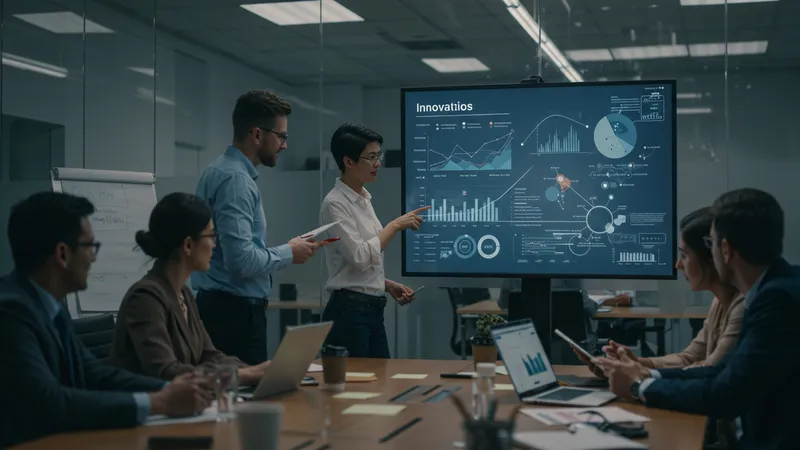
Vendor relationships evolve with mutual understanding and open communication, shifting the dynamic towards collaboration. This partnership approach uncovers new opportunities for co-creation and integration, setting the stage for transformative impacts. What’s even more surprising is how easily these bonds can be built.
Joint initiatives based on trust and transparency elevate vendor interactions, unlocking value beyond licensing deals. Firms can harness vendor expertise to boost offerings and optimize processes, creating unique market differentiators. What’s surprising is how few fully exploit this symbiosis.
The real kicker? Vendors, eager to sustain partnerships, willingly offer competitive terms and exclusive access to innovations. This engagement fosters resilience and strategic advantage, turning a simple transaction into a thriving ecosystem. Continue to discover the nuances of this powerful tactic.
Adopting real-time monitoring of software licenses revolutionizes license management, providing up-to-the-minute insights into usage patterns and compliance. Enterprises gaining this visibility see a significant enhancement in decision-making capabilities, reducing compliance failures by up to 50%. What lies beneath this success?
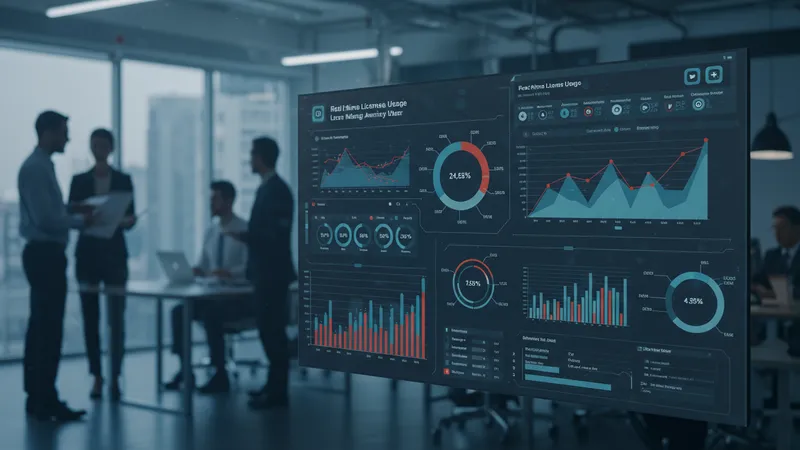
Continuous monitoring flags discrepancies before they escalate, allowing prompt corrective actions and minimizing risks. Surprisingly, this oversight transforms audits from dreaded events to routine check-ins. Yet, not many exploit this level of insight, leading to costly surprises. But here’s the intriguing part.
Real-time insights empower teams to adjust licensing agreements as needs evolve, avoiding over-commitment or wastage. This proactive stance aligns software resources with changing business demands, maintaining optimal usage. The strategic advantage? It drastically reduces carrying costs and elevates efficiency.
Leveraging real-time monitoring turns licensing into a powerful tool for strategic readiness, as firms stay agile amidst shifting landscapes. The unexpected benefits and reduced risk of costly breaches can redefine how your company views licensing. Ready for more revelations? Keep exploring to uncover transformative strategies.
Hybrid licensing models, blending the benefits of traditional and modern licensing strategies, emerge as an optimal solution for complex enterprises. Firms embracing this approach experience tailored flexibility, leading to a reduced license clawback rate of 40%. Yet, the full potential remains underexplored. Here’s the interesting twist.
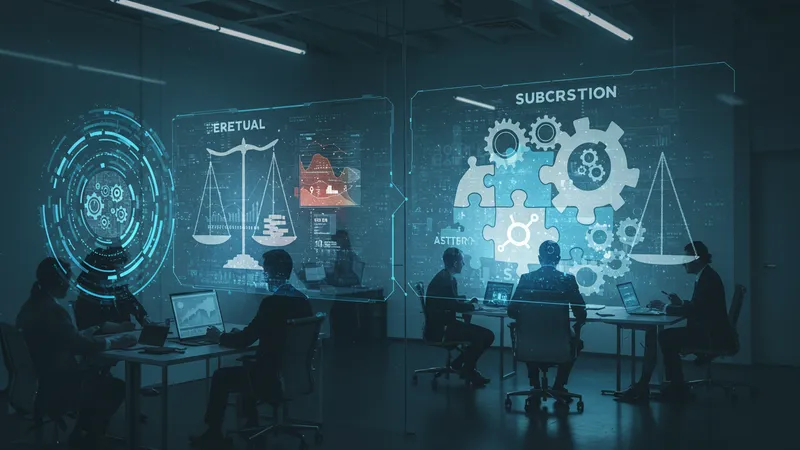
By incorporating elements of perpetual and subscription licensing, hybrid models offer cost stability aligned with scalability. Managing licenses becomes a balancing act where customization reigns. Discovering this balance adds value rarely acknowledged. But there’s more beneath the surface.
Hybrid models provide executives with a scalable framework that ensures business needs are met without sacrificing adaptability. This enables cost-effective scalability and ensures lifecycle alignment of software resources. But, the revelation here is how hybrid models can simplify complex licensing environments.
The real magic begins when hybrid licenses harmonize technology across branches, unlocking new efficiencies and driving growth. As enterprises navigate these models, they learn to optimize expenditures while anticipating future needs. Keep reading to uncover how these shifts can reshape your tech strategies.
The evolution of enterprise software licensing is driving organizations to adapt to dynamic technologies, reshaping strategic outlooks. This transformation promises a reshuffling of priorities across industries. Key upcoming shifts are poised to alter the landscape entirely—here’s what you might not expect.
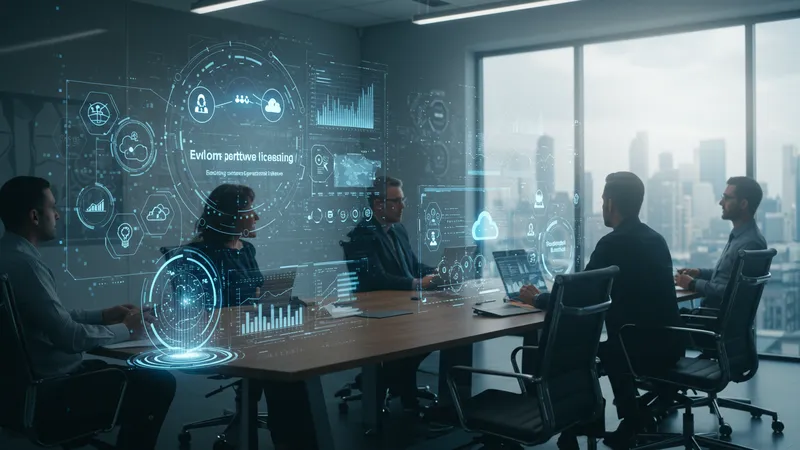
Subscription and cloud-based licenses are spearheading change, challenging traditional frameworks with their demand for agility and reliability. Yet, the future holds even more surprises with increased vendor transparency and customer-centric models. These could redefine your competitive advantage.
Emerging trends such as pay-as-you-go pricing models offer predictability, but also flexibility seldom seen before—crucial in a world demanding swift responses. Increased AI integration into licensing systems foreshadows a future brimming with innovation opportunities. Can you imagine where this path may lead?
Beyond immediate shifts, a focus on sustainability might lead to greener licensing strategies, aligning technology with global well-being goals. Firms preparing for these trends can harness new opportunities, becoming pioneers in their field. Continue to unravel the revolution that awaits in software licensing.
Creating an agile software licensing strategy formats a business for resilience and swift market adaptation. Shockingly, firms with agile systems outperform competitors by 40% in market responsiveness. But the path to agility is often littered with challenges. What sparks this radical shift?

Agile licensing allows enterprises to align their technology footprint rapidly in response to evolving business objectives. Surprisingly, this agility saves costs and sharpens competitive edges. Yet, many overlook the discipline required to maintain this course. So, how does one set this up effectively?
The first step involves dissecting current licensing landscapes to identify inefficiencies and redundancies. Strategic realignment with business goals fosters an agile framework tailored to dynamic sector requirements. But there’s more—you’re about to uncover critical insights that steer this transformation.
The journey doesn’t stop; embedding flexibility within licensing decisions crafts robust environments ready to capitalize on emerging innovations. A change in perspective, alongside informed strategies, can lead the way to future-proof licensing landscapes. What surprises lie in the details to follow?
License negotiations are an art of persuasion where understanding vendor dynamics can unlock lucrative deals. Expert negotiators secure licensing terms 20% below market averages by leveraging strategic insights. But here’s where it gets compelling—strategies rarely shared are within reach.

Wise negotiators delve into market trends and vendor priorities to build an informed negotiation foundation. Curiously, incremental approach techniques yield higher savings and longer commitments by fostering vendor relationships. Yet, few exploit this fully. Are you ready for a deeper dive?
Preparation is paramount; creating a solid business case detailing benefits drives home the need for favorable terms. Crafting persuasive discussions rebalances the power dynamics, turning negotiations into win-win endeavors. But how about the secret nuances yet to be explored?
Regular reviews of these strategies ensure relevance and continuous improvement. Firms embracing these insights position themselves for proficient engagements, transforming negotiations into strategic investments. Are you curious to learn more about impactful techniques that await?
In digital transformation, software licensing plays a pivotal role in harnessing technology to stimulate innovation and growth. Enterprises leveraging sophisticated licensing schemes report an impressive 35% boost in efficiency. Yet, the intricacies countless companies miss are astonishing. Can you guess what lies ahead?

Licensing grants the scaffolding for enterprises to experiment and implement new technologies while managing costs. Shockingly, many misjudge its significance, letting valuable potential slip by. However, a strategically licensed digital landscape unlocks untold efficiencies. Ready for the unknown jewels?
Seamless licensing practices align with technological deployment strategies, enabling uninterrupted digital initiatives. Firms clinging to outdated methods stall progress, missing out on the transformative power properly wielded licenses offer. Uncovering what true potential lies beyond is eye-opening.
Advanced licensing strategies cultivate adaptability, preparing businesses to thrive in digital revolutions. As you delve deeper, the strategies revealed might redefine your enterprise’s approach to digital transformation. What groundbreaking insights continue to await your discovery?
The intelligent application of enterprise software licensing not only streamlines businesses but poises them for ongoing success in a volatile digital world. Viewing licenses as strategic enablers unlocks innovative potentials pivotal in modern markets. Ensure your company rises above the crowd by integrating these visionary practices, and don’t forget to share these insights so others can embark on this path of discovery. Your next steps could very well redefine your enterprise. Let's continue this journey together, reshaping how we see software licensing forever.